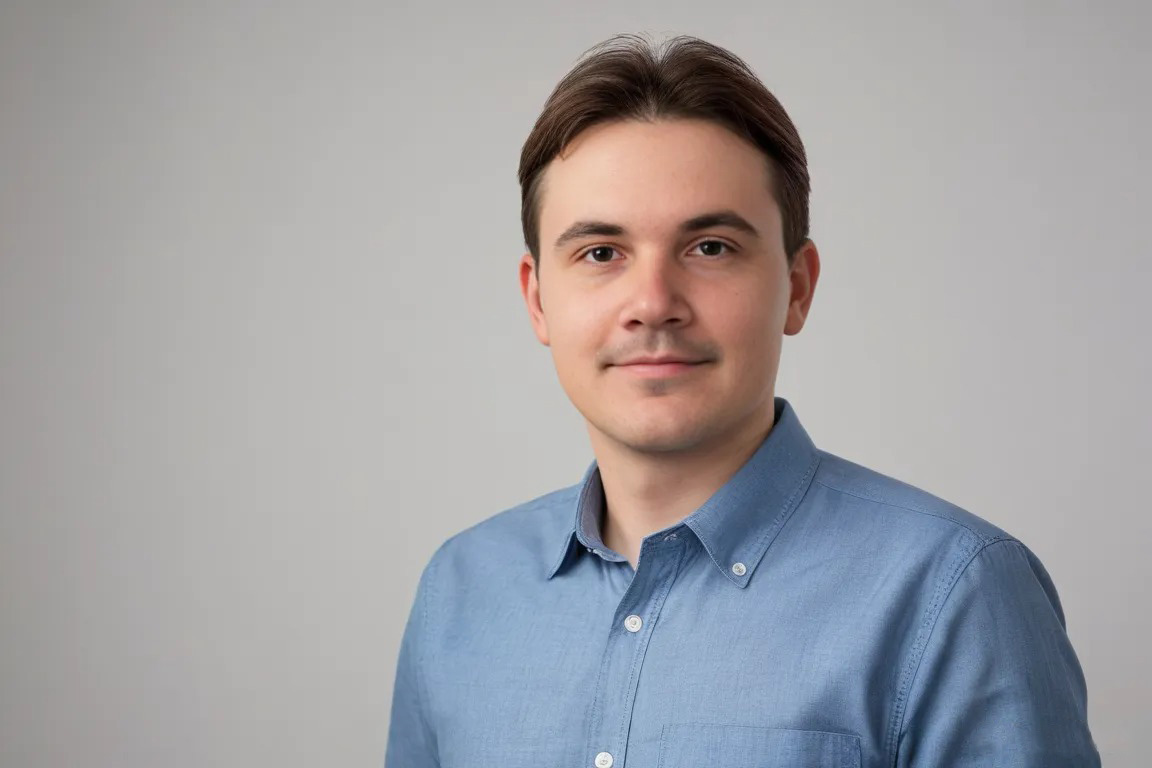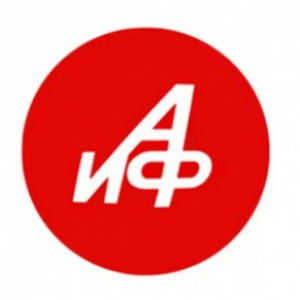Artem Mukhin, a postgraduate student at Samara University’s Institute of Informatics and Cybernetics (IIC) has won the federal competition for assigning the Presidential Scholarship. He has developed the universal system for analyzing spectral images.

Smart laboratory
Spectral images are photos that show which wavelengths of light are absorbed, reflected, or pass through the object. Simply put, this image reflects the “imprint” of an object in various ranges of the electromagnetic spectrum.
“The idea of developing a universal system for analyzing spectral images appeared during my postgraduate studies. My academic supervisors supported me and provided all the conditions for implementing the project. When I started doing research in the field of spectral data, it became clear that the available solutions were too highly specialized, and the needs of science and industry were much broader. And soon I managed not only to develop individual algorithms, but to create a platform that can be applied in various fields and adapted to different tasks”, said Artem Mukhin.
The system works as a universal “smart laboratory” for images taken with special cameras. They see not only colours, but also a whole spectrum of light. The program helps store such images and analyze them using artificial intelligence. For example, the technology can automatically detect, where healthy plants are in the field and where diseased ones are, distinguish different materials by their “light imprint”, and help diagnose various diseases.
It is important that the system makes it possible for researchers and developers to share their analysis algorithms with each other. This accelerates developing new methods and implementing them in practice.
Both in the field and in the hospital
The system is implemented as the software with a cloud architecture. It has been tested on real data from agriculture and international open sets of hyperspectral images. Certificates of registration of computer programs have been obtained for the developed software package.
The technology can be applied very widely. In agriculture, it can be used for monitoring the condition of fields, detecting plant diseases, and optimizing the use of fertilizers. In medicine – for doing analysis of the skin, diagnosing diseases due to spectral data. In industry, the system will make it possible to perform product quality control and sort materials. The development is especially useful for ecology – for monitoring the condition of fields, forests and reservoirs.
Versatility and cloud architecture make it easy to adapt the system for mass use.
“I see great potential for introducing the development into the agroindustry, educational institutions and research laboratories. The software package itself has been developed as an affordable and scalable solution that doesn’t require buying expensive servers, since everything works via the Internet. The main expenses are related to spectral imaging equipment. But the software is available due to the open distribution model and the capability to refine it for specific tasks”, said Mukhin.
Science gives you freedom
The young scientist sees science as an opportunity for learning new things every day, looking for solutions to complex problems, and bringing his ideas to life.
“Science makes it possible to be at the forefront of modern technologies, such as AI and digital platforms. I appreciate the freedom to be given by scientific activities: you can implement your projects, work on the themes that really capture you, and see the results of your work”, says Artem Mukhin.
According to him, young people bring to science fresh perspectives and openness to new technologies. Young scientists are not afraid of experimenting, implementing AI in modern IT solutions, and building up interdisciplinary projects that were previously impossible. This makes science more dynamic, open, and efficient.
Source: Argumenty i Fakty – Samara
 RU
RU  EN
EN  CN
CN  ES
ES 